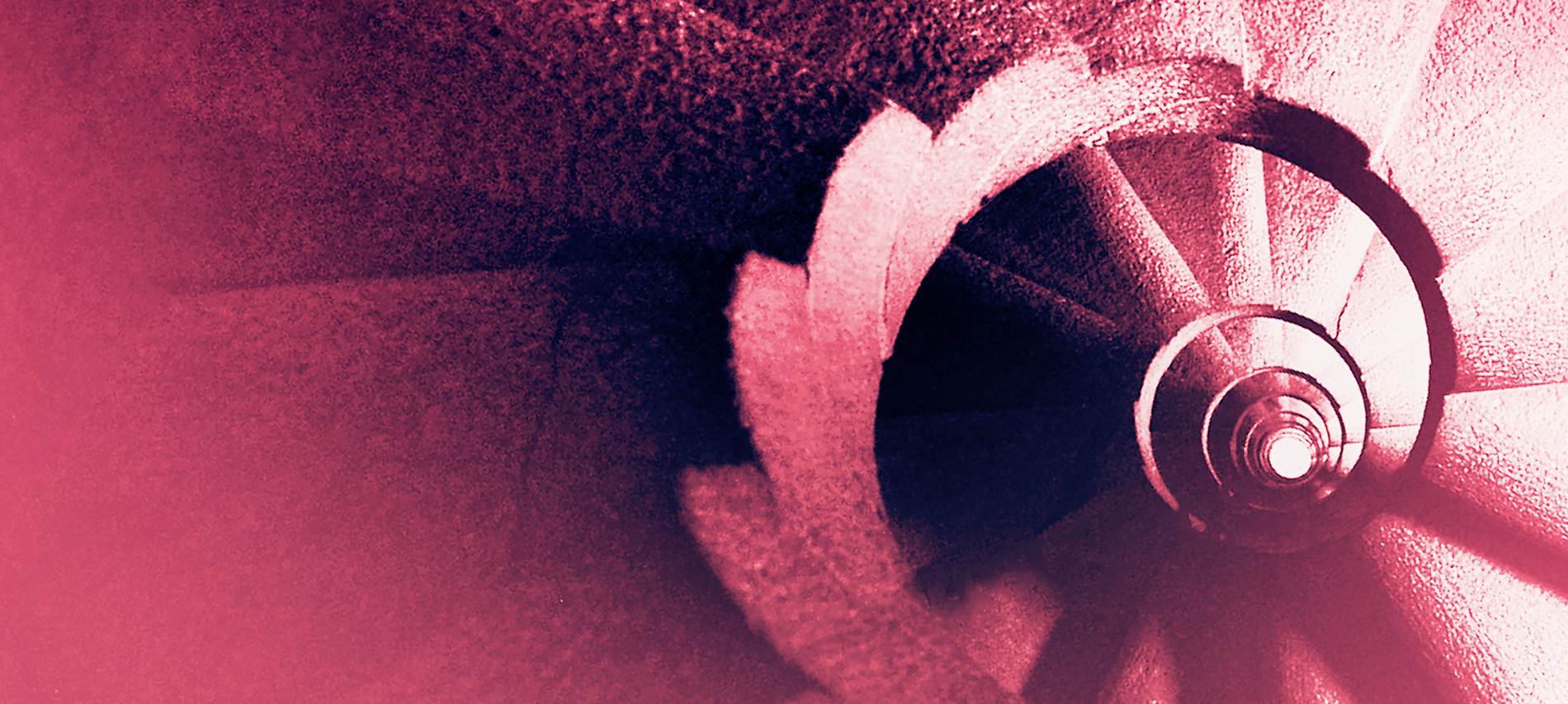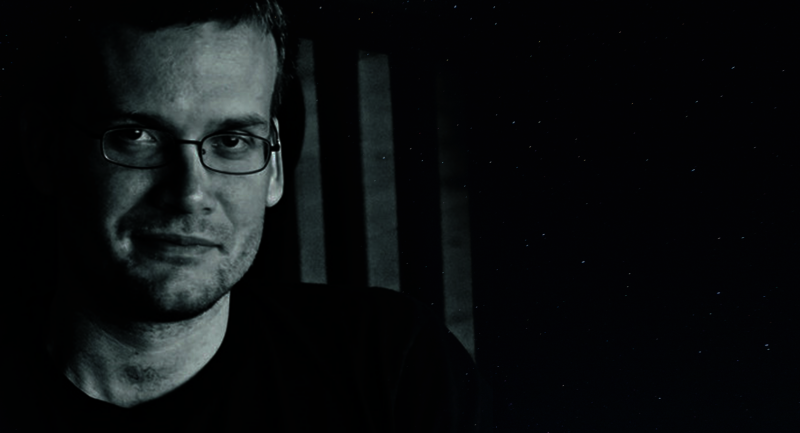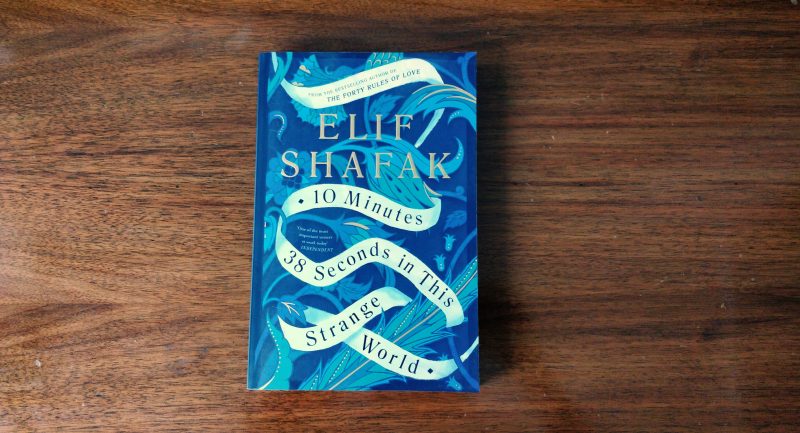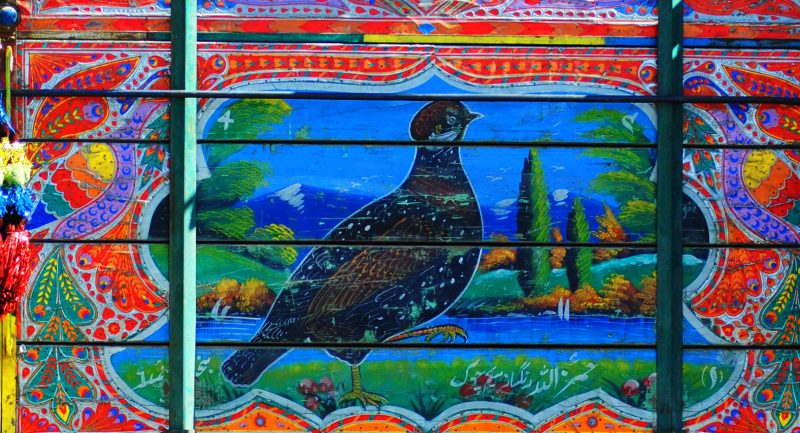
About a year ago, Kirsch had surprised Langdon by asking him not about art, but about God—an odd topic for a self-proclaimed atheist. Over a plate of short-rib crudo at Boston’s Tiger Mama, Kirsch had picked Langdon’s brain on the core beliefs of various world religions, in particular their different stories of the Creation.
Langdon gave him a solid overview of current beliefs, from the Genesis story shared by Judaism, Christianity, and Islam, all the way through the Hindu story of Brahma, the Babylonian tale of Marduk, and others.
“I’m curious,” Langdon asked as they left the restaurant. “Why is a futurist so interested in the past? Does this mean our famous atheist has finally found God?”
Edmond let out a hearty laugh. “Wishful thinking! I’m just sizing up my competition, Robert.”
Langdon smiled. Typical. “Well, science and religion are not competitors, they’re two different languages trying to tell the same story. There’s room in this world for both.”
After that meeting, Edmond had dropped out of contact for almost a year. And then, out of the blue, three days ago, Langdon had received a FedEx envelope with a plane ticket, a hotel reservation, and a handwritten note from Edmond urging him to attend tonight’s event. It read: Robert, it would mean the world to me if you of all people could attend. Your insights during our last conversation helped make this night possible.
Langdon was baffled. Nothing about that conversation seemed remotely relevant to an event that would be hosted by a futurist.
The FedEx envelope also included a black-and-white image of two people standing face-to-face. Kirsch had written a short poem to Langdon.
Robert,
When you see me face-to-face,
I’ll reveal the empty space.
—Edmond

Langdon smiled when he saw the image—a clever allusion to an episode in which Langdon had been involved several years earlier. The silhouette of a chalice, or Grail cup, revealed itself in the empty space between the two faces.
Now Langdon stood outside this museum, eager to learn what his former student was about to announce. A light breeze ruffled his jacket tails as he moved along the cement walkway on the bank of the meandering Nervión River, which had once been the lifeblood of a thriving industrial city. The air smelled vaguely of copper.
As Langdon rounded a bend in the pathway, he finally permitted himself to look at the massive, glimmering museum. The structure was impossible to take in at a glance. Instead, his gaze traced back and forth along the entire length of the bizarre, elongated forms.
This building doesn’t just break the rules, Langdon thought. It ignores them completely. A perfect spot for Edmond.
The Guggenheim Museum in Bilbao, Spain, looked like something out of an alien hallucination—a swirling collage of warped metallic forms that appeared to have been propped up against one another in an almost random way. Stretching into the distance, the chaotic mass of shapes was draped in more than thirty thousand titanium tiles that glinted like fish scales and gave the structure a simultaneously organic and extraterrestrial feel, as if some futuristic leviathan had crawled out of the water to sun herself on the riverbank.
When the building was first unveiled in 1997, The New Yorker hailed its architect, Frank Gehry, as having designed “a fantastic dream ship of undulating form in a cloak of titanium,” while other critics around the world gushed, “The greatest building of our time!” “Mercurial brilliance!” “An astonishing architectural feat!”
Since the museum’s debut, dozens of other “deconstructivist” buildings had been erected—the Disney Concert Hall in Los Angeles, BMW World in Munich, and even the new library at Langdon’s own alma mater. Each featured radically unconventional design and construction, and yet Langdon doubted any of them could compete with the Bilbao Guggenheim for its sheer shock value.
As Langdon approached, the tiled facade seemed to morph with each step, offering a fresh personality from every angle. The museum’s most dramatic illusion now became visible. Incredibly, from this perspective, the colossal structure appeared to be quite literally floating on water, adrift on a vast “infinity” lagoon that lapped against the museum’s outer walls.
Langdon paused a moment to marvel at the effect and then set out to cross the lagoon via the minimalist footbridge that arched over the glassy expanse of water. He was only halfway across when a loud hissing noise startled him. It was emanating from beneath his feet. He stopped short just as a swirling cloud of mist began billowing out from beneath the walkway. The thick veil of fog rose around him and then tumbled outward across the lagoon, rolling toward the museum and engulfing the base of the entire structure.
The Fog Sculpture, Langdon thought.
He had read about this work by Japanese artist Fujiko Nakaya. The “sculpture” was revolutionary in that it was constructed out of the medium of visible air, a wall of fog that materialized and dissipated over time; and because the breezes and atmospheric conditions were never identical one day to the next, the sculpture was different every time it appeared.
The bridge stopped hissing, and Langdon watched the wall of fog settle silently across the lagoon, swirling and creeping as if it had a mind of its own. The effect was both ethereal and disorienting. The entire museum now appeared to be hovering over the water, resting weightlessly on a cloud—a ghost ship lost at sea.
Just as Langdon was about to set out again, the tranquil surface of the water was shattered by a series of small eruptions. Suddenly five flaming pillars of fire shot skyward out of the lagoon, thundering steadily like rocket engines that pierced the mist-laden air and threw brilliant bursts of light across the museum’s titanium tiles.
Langdon’s own architectural taste tended more to the classical stylings of museums like the Louvre or the Prado, and yet as he watched the fog and flame hover above the lagoon, he could think of no place more suit- able than this ultramodern museum to host an event thrown by a man who loved art and innovation, and who glimpsed the future so clearly.
Now, walking through the mist, Langdon pressed on to the museum’s entrance—an ominous black hole in the reptilian structure. As he neared the threshold, Langdon had the uneasy sense that he was entering the mouth of a dragon.
——-
Origin by Dan Brown Releases on October 3’ 2017.
Preorder your copy today!










